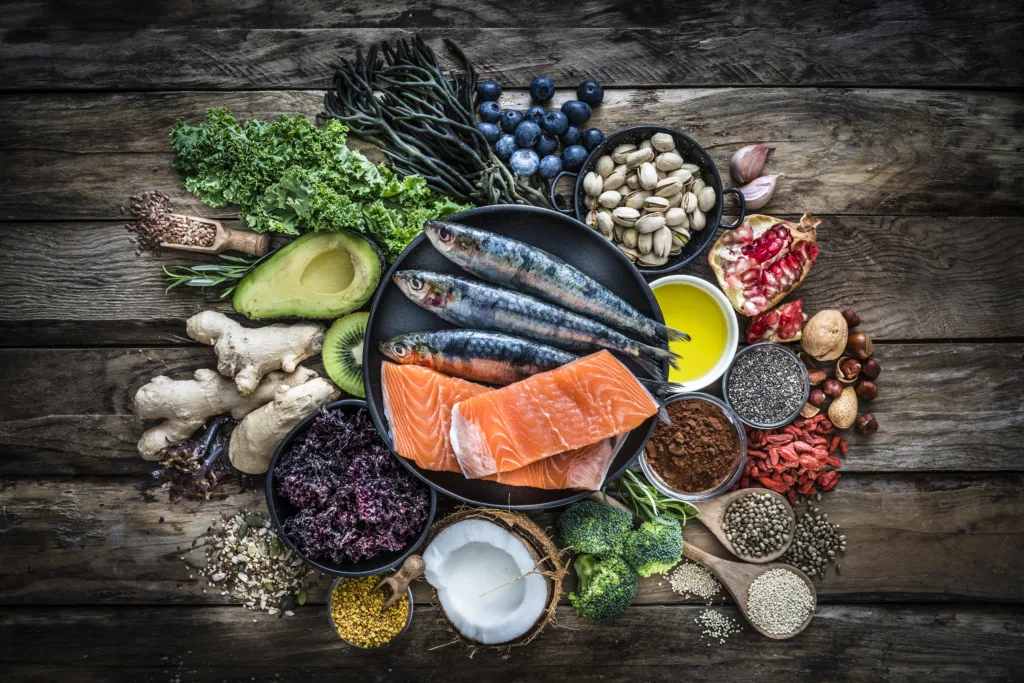Most Popular
Categories
Archives
Addiction plagues every state in America on some level, and North Carolina is no exception.
This state has the reputation of being an incredibly friendly and beautiful state, but, like much of the rest of the country, has been experiencing an increase in substance abuse in recent decades.
With a rise in substance use in North Carolina has come an increase in crime, overdoses and substance-related deaths (through overdose and circumstance, like drinking and driving). Now more than ever, North Carolinians should heed the warnings of the preventative and addiction recovery communities and take advantage of the help available.
Alcohol use disorder (AUD) is one of the oldest and most common types of addiction, and it’s taking a significant toll on not only the individual citizens of North Carolina but the state’s overall ability to flourish.
One of the most important steps to helping alleviate the addiction epidemic is to learn more about it; in this article, we’re going to give you an overview of what alcohol abuse looks like in North Carolina.
Nationwide alcohol abuse statistics
The below statistics are from the National Center for Drug Abuse Statistics and the National Institute on Alcohol Abuse and Alcoholism.
1-in-10 American over the age of 12 has an alcohol use disorder.
While males are more likely to have an alcohol use disorder over the age of 21, females are over 60 percent more likely to have an alcohol use disorder when between the ages of 12 and 17.
Of the millions of adult Americans who are diagnosed with an alcohol use disorder every year, over half of them are men; men are three times more likely to die of alcohol abuse than women.
Over 140,000 Americans die every single year as a result of the effects of alcohol, with nearly 4,000 of those Americans being under the age of 21.
North Carolina alcohol abuse statistics
The below statistics are from the National Center for Drug Abuse Statistics in reference to North Carolina (NC) specifically.
Alcohol abuse is the third leading (preventable) cause of death in NC, with thousands of deaths resulting every year due to excessive, long-term alcohol use.
Over 15 percent of all North Carolinians over 18 binge drink at least once a month, with the most active drinkers bingeing over four times a month.
Nearly 70 percent of people who die from excessive alcohol use in NC are males, with the majority of those men being over 35 years old.
The majority of all alcohol-related deaths in NC are a result of long-term causes, such as alcoholism (addiction to alcohol), with the next leading cause being alcohol-related accidents, such as drinking and driving.
If you or someone you know is struggling with alcohol abuse or addiction, send us a message today or encourage them to do so. Alcoholism is so common in the States that we’re sometimes numb to the gravity of these statistics, but when left untreated, alcohol abuse can be fatal.
Receive alcohol abuse help today
Here at October Road, your recovery is our top priority. We know that reaching out for help for the first time (or again) can be difficult for a number of reasons, but you are supported here, and we’ll help you through every step of the way.
Our physicians specialize in trauma-informed behavioral health and substance use treatment and carefully craft each treatment plan to fit your individual needs, preferences and goals. We meet you where you are, and help you get back on the road to personal fulfillment in a way that will carry you through your lifetime.
Send us a message or give us a call today to speak with one of our medical experts and identify how we can best support you in your recovery journey.



